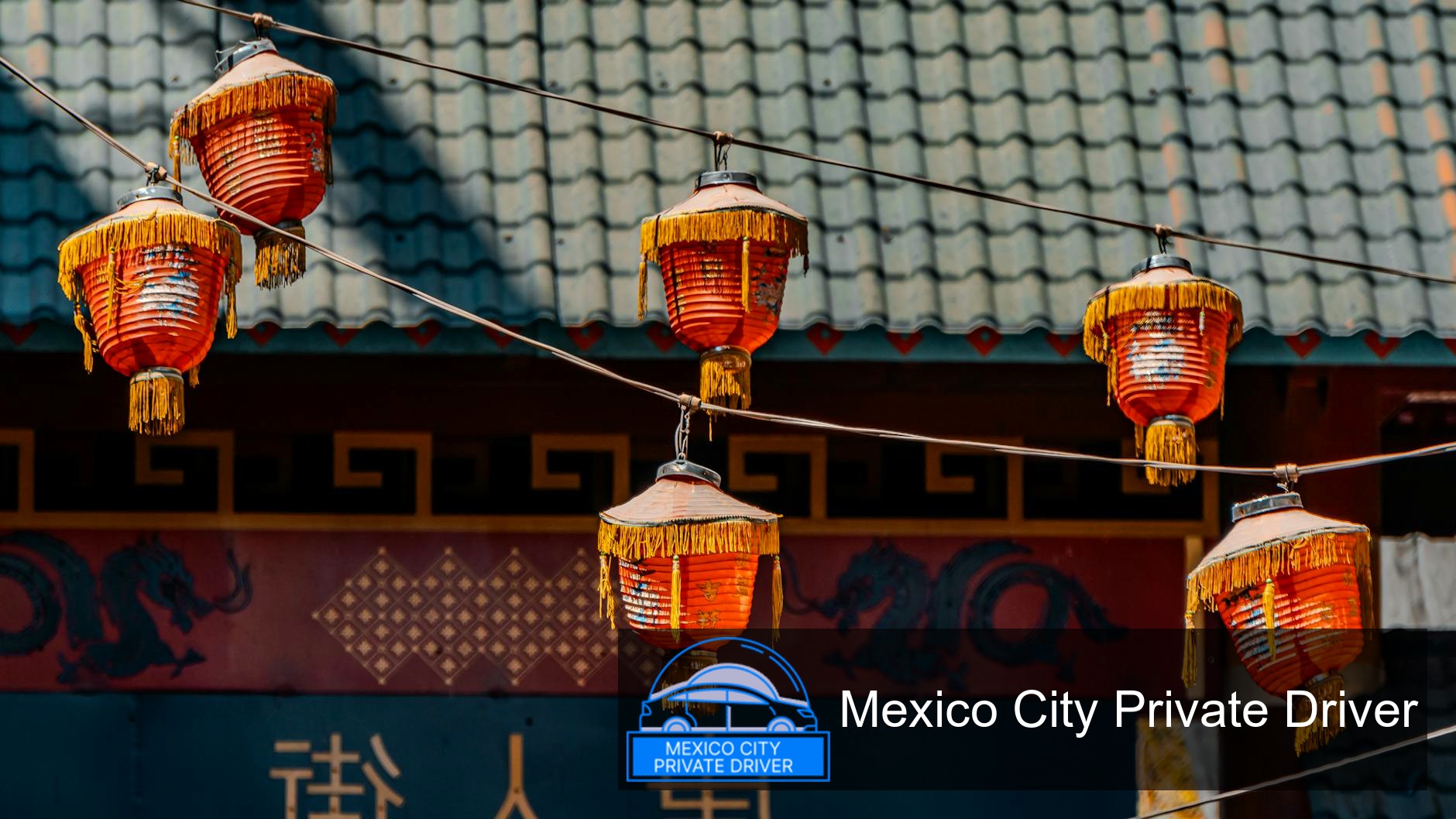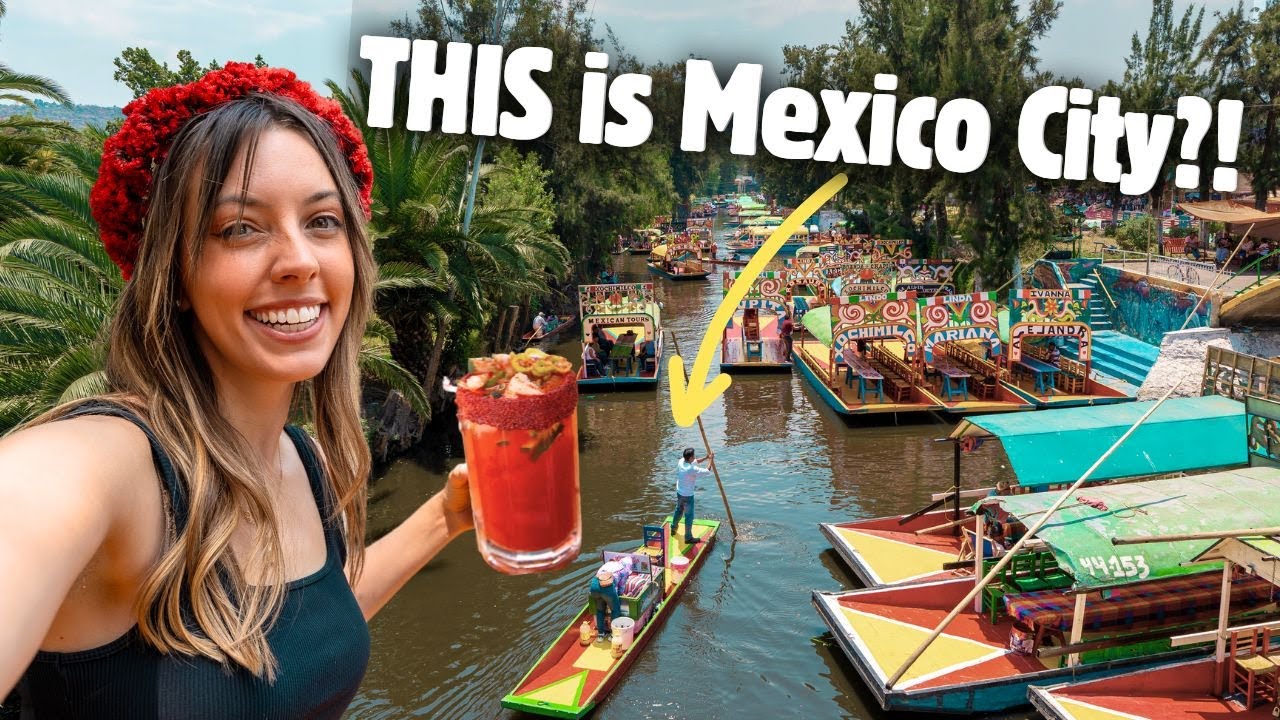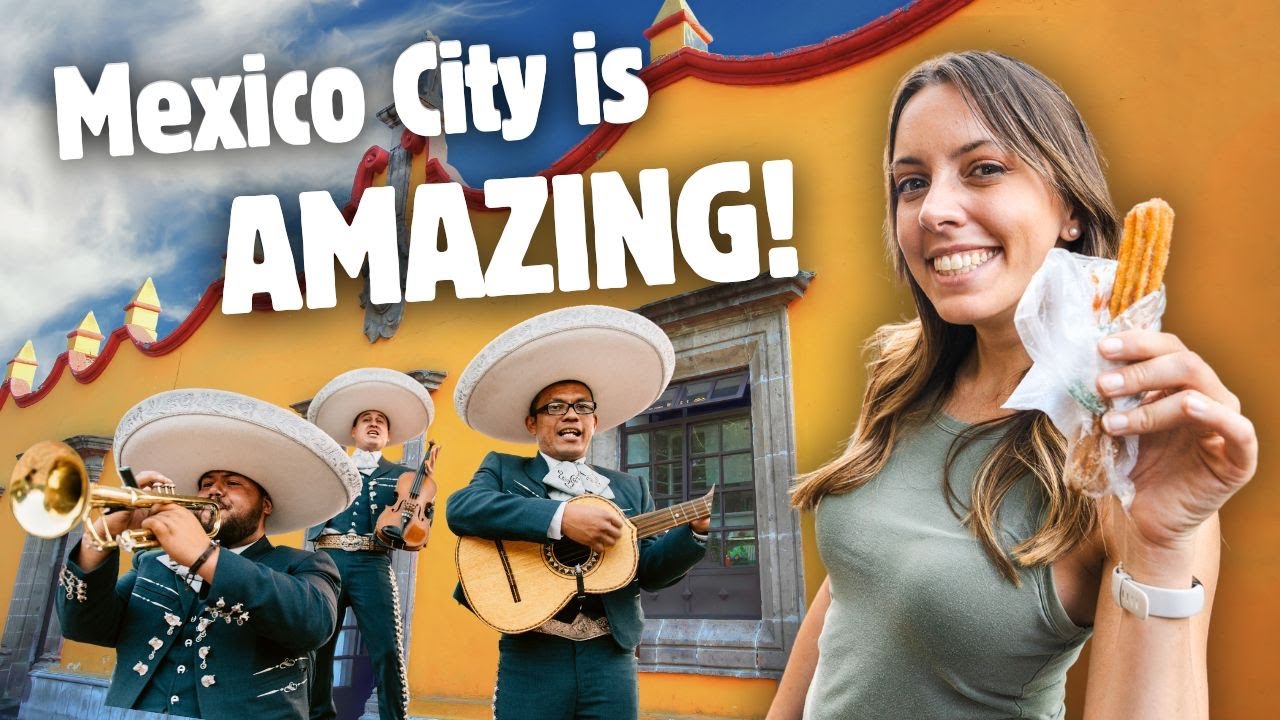TL;DR Casa Gilardi is Luis Barragán’s late-career masterpiece (1975–1977): a compact, intensely composed house built around a jacaranda tree and an indoor pool that redefines light, color and spatial sequence. It’s visitable by appointment (often sold out); expect a guided, intimate experience, strict respect for the home’s private status, and an unforgettable encounter with color, texture and silence. I’ll walk you through the history, what to look for, a short comparative table, a practical step-by-step visiting guide, and answers to common questions.
Casa Gilardi Mexico City: Explore the Architectural Marvel of Luis Barragán
Why Casa Gilardi matters to me — and to architecture
I first encountered Casa Gilardi in photos and essays, then visited in person; it’s one of those rare houses where theory and lived experience converge. Commissioned in 1975 by Francisco Gilardi and completed between 1976–1977, the house was one of Luis Barragán’s last major works and remains one of the few private residences of his that the public can visit by appointment (Barragán Foundation; Mexico City tourism site).
What struck me immediately on my visits is how Barragán treats the site as an interior landscape. The house turns away from the street, protects a jacaranda tree at its center, and sequences spaces one after the other so that light and color are gradually revealed—this is architecture experienced in time, not just seen at once (ArchDaily; Barragán Foundation).
Historical and programmatic context
Francisco Gilardi, an advertising executive and bachelor with an active social life, asked for a house that would support entertaining and daily swimming. Barragán accepted the tight brief and the narrow plot—about 10 m by 35 m—and designed a deeply introverted composition that respects the existing jacaranda and locates the pool as a radical interior element (Barragán Foundation; ArchDaily).
The site was dense and flanked by party walls. Rather than fight the constraints, Barragán used them to create a sequence of volumes: a front block with services and bedrooms, a rear block for living and dining with the pool, and a connecting corridor that forms a courtyard around the jacaranda. The result is intimate, theatrical and contemplative.
Key architectural features — what to look for
When I walk through Casa Gilardi I look for a handful of things that embody Barragán’s mature language:
- Sequenced experience: rooms revealed one after another—Barragán designed the route so each threshold frames the next scene (Mexico City tourism site).
- Color as structure: intense walls of pinks, ochres and deep grays aren’t mere decoration; they organize and modulate perception (ArchEyes; ArchDaily).
- Water and silence: the indoor pool placed within the living/dining area becomes an acoustic and visual anchor, reflecting color and changing light throughout the day (Barragán Foundation; Mexico City tourism site).
- Landscape integration: the jacaranda tree sits within an inward-facing patio, a living reminder that the house negotiates nature inside a dense urban block (Barragán Foundation).
- Light engineering: skylights, filtered light and reflective planes create subtle tonal shifts—Barragán’s mastery of light is as important as his use of color (ArchDaily).
Materials, color and texture
Barragán’s palette in Casa Gilardi is tactile rather than ornamental. Painted plaster walls, wooden elements, stone floors and water surfaces are arranged so that texture activates color. I often pause to touch a wall or crouch by the pool edge to see how the water modifies the color fields—this is deliberate: the materials amplify perception, not distract from it (ArchEyes; ArchDaily).
How visiting feels — my personal observations
The visit is intimate and often guided. On one tour I joined, the guide—reported by visitors as Eduardo, son of the client—began with a short orientation and then allowed us to wander for about 90 minutes; other tours are more strictly led, depending on the day and the custodian (Tripadvisor reviews).
Because the house remains a private residence, visits are capped and respectful behavior is required. The consequence is an experience of quiet focus: you notice the hush of the courtyard, the muffled city beyond the party walls, and the way the pool interrupts the home with a piece of architecture that could almost be sculpture.
Comparative snapshot
To place Casa Gilardi in context I find it helpful to contrast a few core facts with Barragán’s canonical house-museum and his general approach:
| Feature | Casa Gilardi | Casa Luis Barragán (house-museum) | Barragán’s typical themes |
|---|---|---|---|
| Year | 1975–1977 (late work) | 1930s–1940s (earlier, evolved over time) | Focused across career; peak mid-century to late |
| Plot and plan | Narrow urban lot ~10 × 35 m; introverted sequence around a jacaranda | Inner courtyards, layered domestic and studio spaces, public access as museum | Intimacy, courtyards, controlled vistas and axes |
| Signature element | Indoor swimming pool integrated into living/dining | Iconic garden, water basins, roof views, art-filled rooms | Light, color fields, water, silence |
| Public access | Visit by appointment; private residence | Museum with ticketed entry; strict booking required | Some works open as museums, most remain private |
Conservation and authenticity
What I appreciate is how faithfully Casa Gilardi has been preserved as a living home rather than a frozen exhibit. The house’s patina, subtle repainting and the way furnishings support Barragán’s intentions keep the work authentic. Conservation here is less about museum sterilization and more about maintaining the spirit of a home—this is rarer and, in my view, more revealing of the architect’s intentions (Barragán Foundation; Mexico City tourism site).
Practical Guide
I’ve turned these visits into a repeatable routine; follow these concrete steps to plan a successful trip to Casa Gilardi.
- Book in advance: The house requires appointments and slots often sell out. Start with the official site (casagilardi.mx) or the contact email listed by the Barragán Foundation ([email protected]). If you can’t find availability, check smaller local visitor platforms but confirm with the official contact.
- Check dates and times: According to Mexico City’s cultural listings, visiting hours are typically Monday–Saturday, roughly 10:00–14:00, but these can change—always verify before traveling (Mexico City tourism site).
- Confirm who will guide: Tours can vary—some are led with a short talk and free exploration (Tripadvisor reports of 90-minute visits), others are more tightly guided. If you want a deeper interpretation, ask whether an in-depth guided tour is available.
- Prepare to be discreet: The house is a private residence. Dress and behave respectfully; large backpacks or loud groups are frowned upon. Photography rules can vary—ask in advance.
- Transport and arrival: Casa Gilardi sits in San Miguel Chapultepec; plan local transport (taxi/rideshare) rather than large vehicles. Allow time to find the small street entrance and to check in for your appointment.
- Accessibility check: The house is a period residential building with changes in level; if you require mobility accommodations, contact the house directly—details are not always published online and availability may be limited.
- Combine visits: If you’re doing a Barragán pilgrimage, pair Casa Gilardi with Casa Luis Barragán (ticketing separate) and other sites but check each site’s booking rules separately (Casa Luis Barragán enforces advance tickets and minimum age rules for its museum visits).
How to experience the house like a pro
- Arrive early to avoid the crowds that sometimes build inside the tiny circulation spaces.
- Stand still at thresholds and let your eyes adjust—Barragán designs passages so that stillness reveals the composition.
- Listen: water, distant traffic and the hush of the courtyard are part of the design.
- Note the details: a painted plane, a shadow line, the way a skylight softens color—these are where Barragán’s genius accumulates.
Visiting etiquette and practicalities
Because the house functions as a private home, preserve its domestic quality: no running, respect restricted areas, limit flash photography, and follow the instructions of custodians. If you want high-quality photography for publication, contact the administration in advance to request permission.
FAQs
How do I book a visit to Casa Gilardi?
Book via the house’s official channels. The Barragán Foundation lists visitor information and contacts (casagilardi.mx and [email protected] are the standard starting points). Appointments are required and often sell out, so book as early as possible (Barragán Foundation; Mexico City tourism site).
Is the house open every day and what are the hours?
Public listings indicate typical visiting hours are Monday through Saturday, often in a morning window (for example, 10:00–14:00 has been reported), but hours can change—always confirm by email before you travel (Mexico City tourism site).
Can I take photographs inside Casa Gilardi?
Photography policies are variable because the home is private. On many visits limited non-flash photography is allowed; on others custodians may restrict images. Ask when you book and obey onsite instructions. For commercial shoots, request formal permission well in advance.
Is Casa Gilardi wheelchair accessible?
Accessibility is often limited in historic private houses. I recommend contacting the house directly to describe your needs; the publicly available information does not fully document step-free access, and responses can take a few days (see Casa Luis Barragán’s stated response times as a comparison for museum inquiries) (Casa Luis Barragán visitor info).
Why is the pool inside the living area?
The indoor pool was a client request (Francisco Gilardi wanted daily swimming) and Barragán turned it into an architectural centerpiece. Placing water within living spaces amplifies reflections, sound and color, turning a utilitarian request into a poetic device that anchors the house (Barragán Foundation; ArchDaily).
Who was Francisco Gilardi and how did he shape the project?
Francisco Gilardi was an advertising executive who commissioned the house and actively participated in its design decisions. As a client he asked for entertaining spaces and a pool; Barragán responded by integrating these programmatic needs into a composition that protects the jacaranda and stages a sequence of experiences (Barragán Foundation).
How long should I plan to spend at Casa Gilardi?
Visits reported by other travelers vary: some guided sessions include a short introduction followed by 60–90 minutes of free or semi-guided time (Tripadvisor reviews). I’d allow 60–90 minutes to move slowly and absorb the sequence of spaces.
Can I visit Casa Gilardi and Casa Luis Barragán on the same day?
Potentially yes, but both require advance booking and have separate ticketing systems. Time your reservations carefully and allow travel time between sites. Also respect the visiting windows—Casa Luis Barragán enforces specific ticket times and visitor rules (Casa Luis Barragán visitor info).
Final thoughts
Casa Gilardi is a compact but inexhaustible work. Its genius lies less in monumentality and more in the careful choreography of color, light, water and private ritual. Visiting it is a lesson in how architecture can make ordinary domestic life feel like a continual unveiling. If you love architecture, color theory, modernism with local roots, or simply the sensation of a well-crafted silence, plan ahead, go slowly, and let Barragán’s sequences do the talking.
If you want, I can draft an email template you can use to request a visit, or help plan a half-day itinerary that combines Casa Gilardi with nearby cultural stops—tell me your travel dates and how long you’d like to spend in the neighborhood.
Martin Weidemann is a digital transformation expert and entrepreneur with over 20 years of experience leading fintech and innovation projects. As a LinkedIn Top Voice in Digital Transformation and contributor to outlets like Forbes, he now brings that same expertise to travel and mobility in Mexico City through Mexico-City-Private-Driver.com. His focus: trustworthy service, local insights, and peace of mind for travelers.



